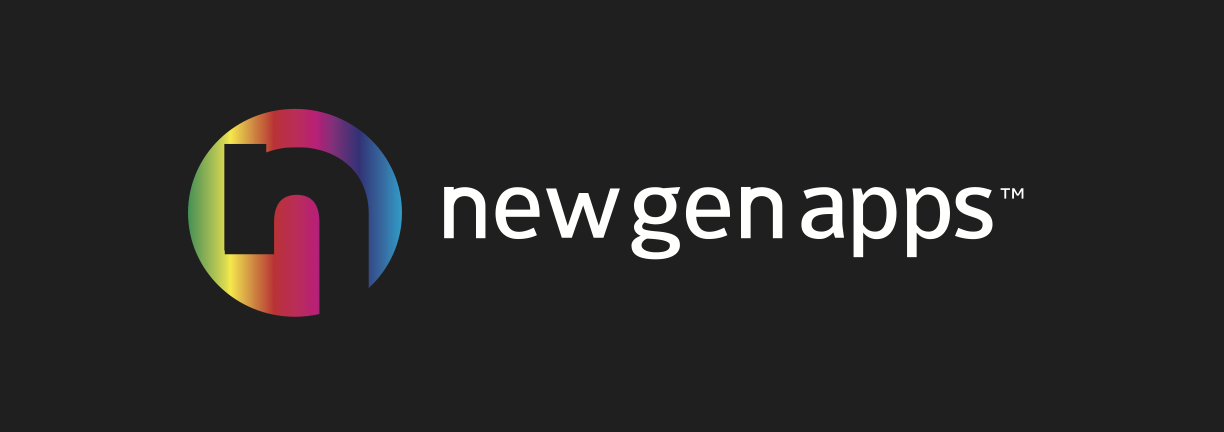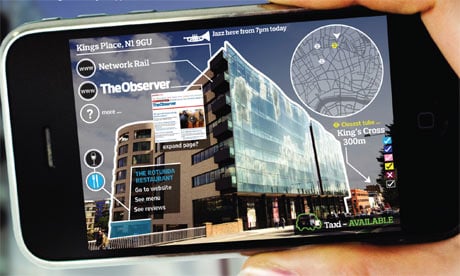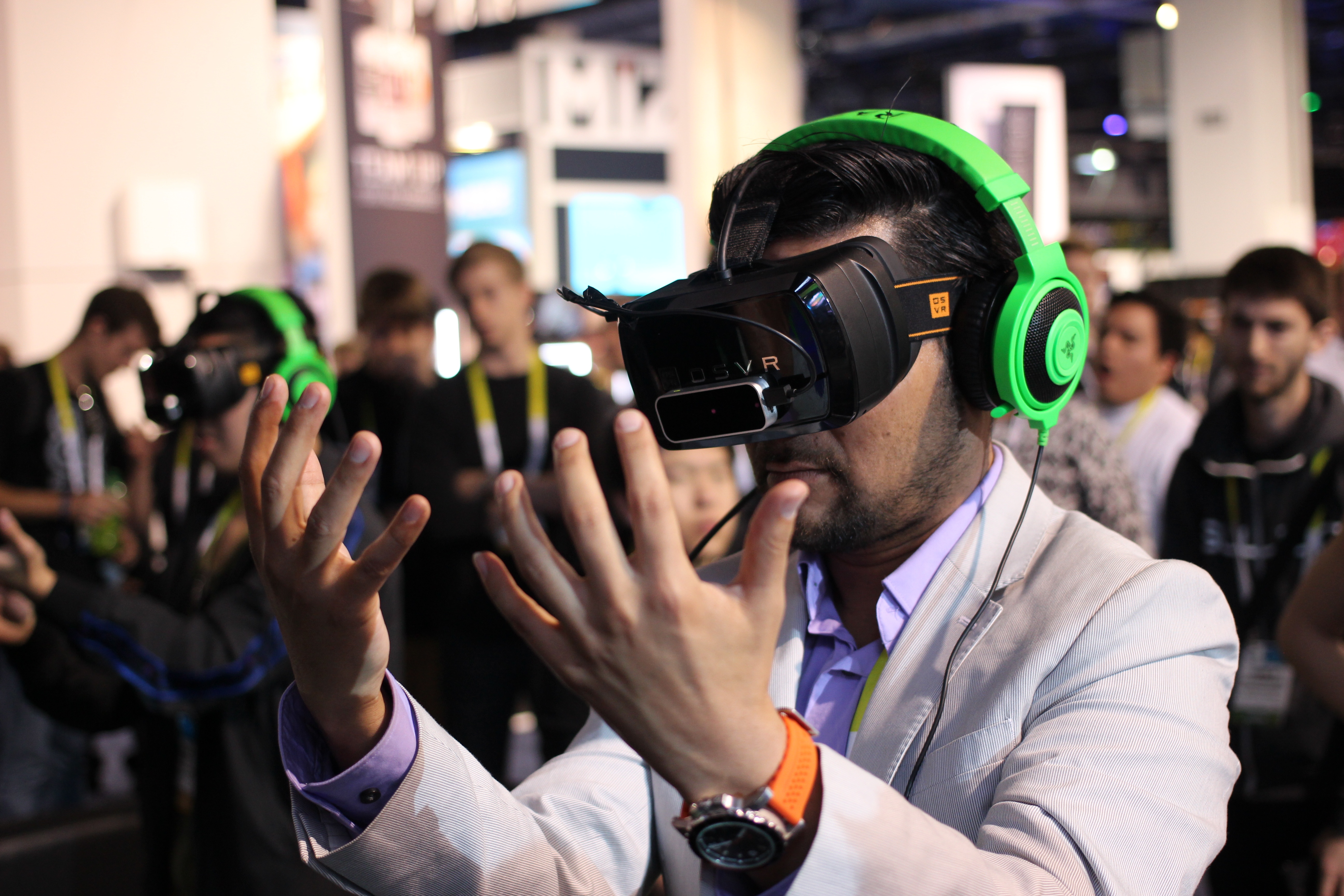4 min read
5 Use Cases of Augmented Reality in Marketing that'll Inspire You
Sales : Mar 2, 2018 12:00:00 AM
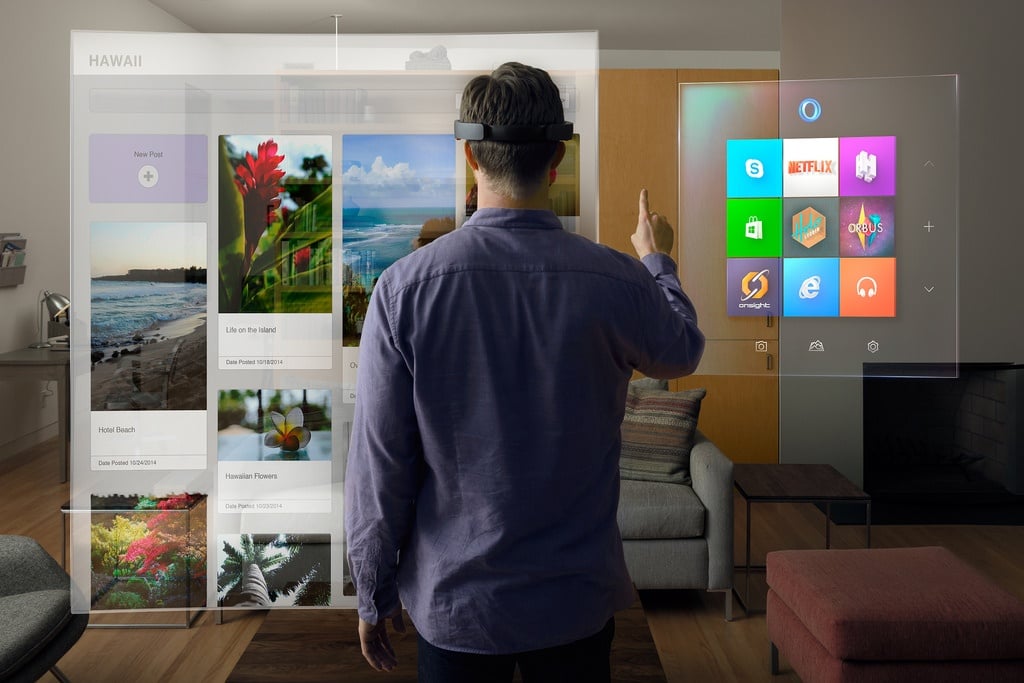
Augmented reality is on top of every marketer's mind today. Are you too looking for some ideas or inspiration to use augmented reality in marketing? The potential of this technology in engaging users is on a constant rise and since all this comes with the comfort of the smartphone it is pretty much a frictionless idea. Brands can finally create the authentic immersive experience which consumers have been longing for. The technology is brilliant and that is reflected in all the researches and statistics. Just by 2020, it is today expected to hit $120 billion in revenue. With this blog, we will explore some use cases and examples of augmented reality in marketing. Ready to get inspired?
Interested in AR Technology? Catch the latest trends, developments and innovations with our free eBook:
5 Applications of Augmented Reality in Marketing:
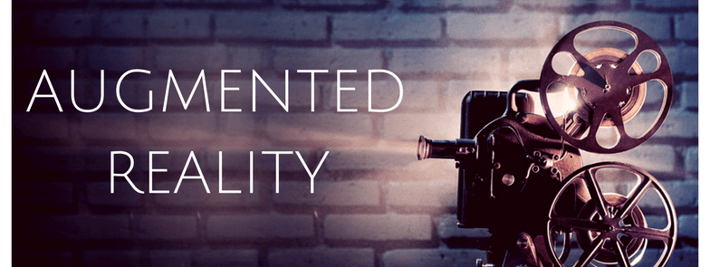
1. Improving the Buying Experience:
Augmented reality is all about the experience. Today, with every company has a similar offering thus, the battle among brands is to create the best possible customer experience. Consumers are accustomed to the traditional shopping experience which makes it necessary for brands to come up with unique ideas. Augmented reality offers a ray of hope here.
Cortney Harding founder of a VR/AR agency - Friends With Holograms shared a case study of how their company used the tech to help a retail client. “A major retail chain wanted to draw consumers back into stores and combine all the benefits of online shopping with the social aspects of the store experience. We worked with them to build an app where users could scan an item of clothing they liked and be presented visually with options for accessories; they would swipe to select options they were interested in. From there, they could go to the department and those items would be ready and wait for them, cutting down on friction. The store can also collect massive amounts of data about consumer sizes, preferences, and experience in order to help strategize around inventory and trends. “
Read More: How AI, ML and Data can Help Improve the Customer Experience?
2. Interactive Selling:
Augmented reality does not only makes buying interesting but also easy. Come to think of it, we often struggle with understanding how a clothing fits, how would a furniture look, the final view after the renovation of our house etc. This confusion is followed by reckless buying, returns, and regrets. The higher the value of product the more it hurts when we make bad decisions. With AR sellers can make things a bit easier for their purchasers.
Chairish, a San Francisco-based online curated marketplace for vintage furniture and décor, made a great use of AR. By running Instagram "Design Challenges" that use their app's "Try Before You Buy" augmented reality feature they made buying a lot easier and interactive.
In the words of co-founder Anna Brockway - "We invite our 130,000 design-loving followers to create a space using items from our 250,000+ inventory of world-class vintage and antique furniture, decor, and art. We provide a blank space (living rooms, entryways, and dining rooms) and in just a few quick swipes, our followers become interior designers by taking a screenshot of the blank space and dropping in their favorite chic and unique Chairish items.
Over the course of the week-long contest, we typically receive over 100 submissions. Our curators narrow down the top 5 submissions and our followers decide the winner. Our contest is both fun and popular as indicated by a strong voter response. And we also see a spike in app downloads from followers who want to try the augmented reality feature to design their own spaces at home!"
Read More: 7 Real-life Examples of AR
3. Keeping Audience Hooked:
Augmented reality works as an effective way to keep users hooked to something for a long time. The inherently immersive nature of the tech enables the creators to get user’s attention instantly and keep them hooked on the app. This advantage of augmented reality can be used to transit users from one stage of buyer funnel to another, entertain them, advertise strategically etc.
For instance, at the Super Bowl this year, Virtex Apps debuted Virtex Arena, an augmented reality mobile app that allows fans to compete against each other during downtime at live sporting events. Most people own smartphones these days, and Virtex Apps decided to capitalize on this by creating an app that opens the doors for brand new fan engagement and marketing opportunities.
Virtex Arena features two mini-games, which consists of a kicking game and passing game for the football version. Fans compete from their seats and the app adjusts according to their spot in the stadium. The games progress throughout the sporting event, tracking team scores and giving engaged fans a stake in the outcome.
Virtex Arena also unleashes a new world of sponsorship and marketing opportunities. Brands can put their logo in front of thousands of fans; on virtual banners, helmets, cleats, or even the field of play. Soon to come is a baseball version of the app, just in time for the start of the regular season this year.
Read More: 5 innovations Shaping the Future of AR
4. Storytelling with AR:
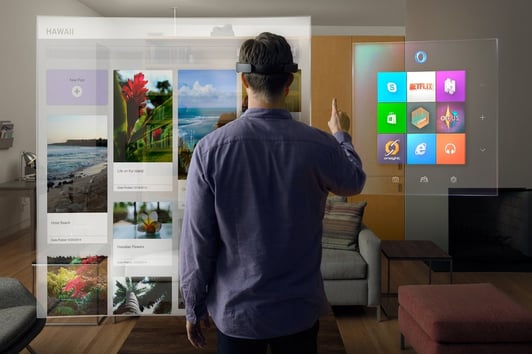
As marketers, our job revolves around stories throughout our career. It is a story that attracts, converts, closes, and delights. This makes them an integral part of marketing communication. With augmented reality, storytelling gains life. By augmenting our real world with virtual objects we create an environment that brings life to otherwise imaginary characters.
This way we leave less to the audience imagination and bring clarity to the story. Hence the story based communications improve efficiency when coupled with augmented reality. This is the primary reason why game developers are extensively using augmented reality.
Another advantage of AR is that it is extremely easy to use. Even though Virtual Reality is more engaging its market is much smaller. People are yet to consider head-mounted displays a requirement but smartphones are used by many people. This makes Augmented Reality perfect choice for telling any story.
Read More: How Does AR Work?
5. Events Made Interesting:
Event marketing needs a quick hype for success. To make an event successful we need buzz around it and that only comes when the attendees are happy, you are active on social media and the people like your brand. Augmented reality is a way to accomplish all the above objectives.
In the words of Alina Smirnova, PR Manager at Sigma Software, “The simple example is to improve your interaction with participants at an event. Even MVP/Demo mobile AR application can recognize some picture's triggers/geo/human and show things in a real environment on a phone display. If you develop cute (or horrible) character it can be used to making Instagram/Facebook pictures with event attendants. This trick will increase your company's social media visibility and target audience engagement by sharing, likes, etc.”
Are you looking for AR/VR specialists? We at NewGenApps have been working on mobile technologies for over 10 years. Over time we have developed extensive capabilities in distinct technologies related to mobile. Contact us today for a consultation or POC.
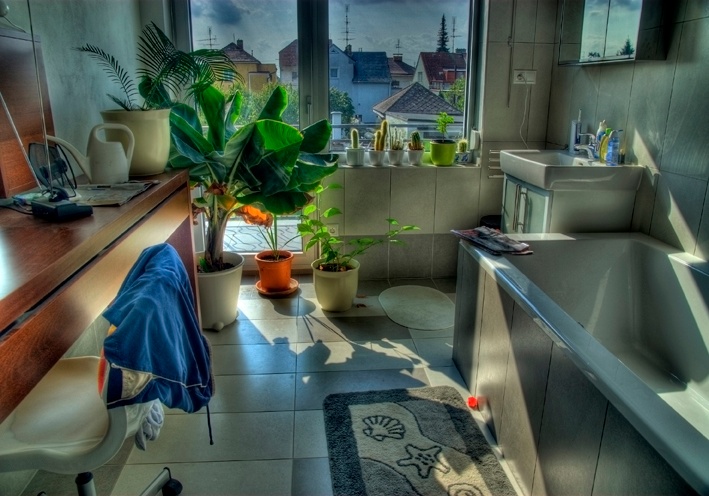 Read More
Read More
